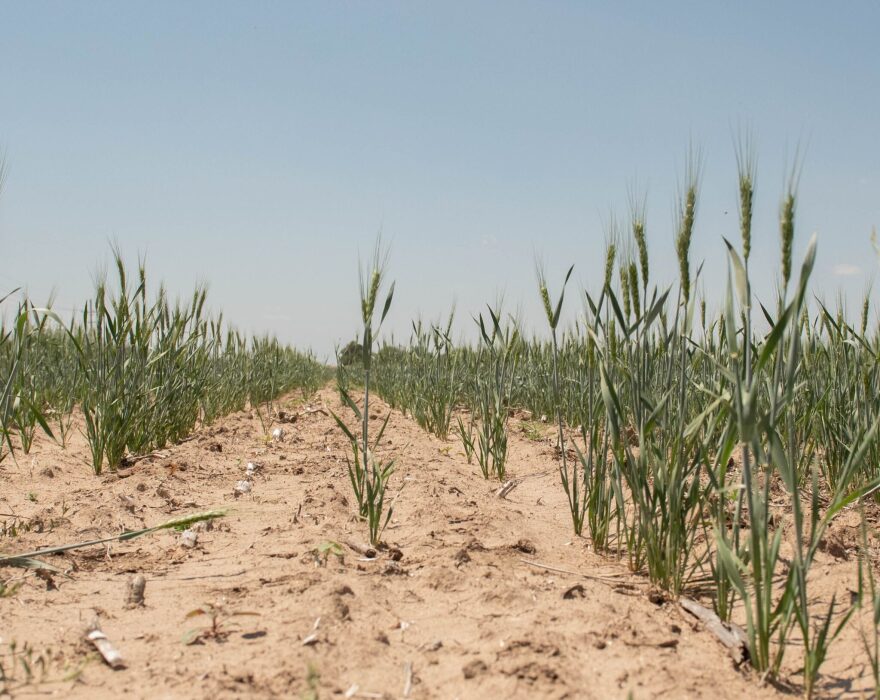The phrase “El Niño” can conjure up images of horrendous weather: severe storms in the southern U.S. and droughts in Asia and Africa.
But for Kansas and Missouri, El Niño, a months-long weather pattern that typically brings warm winters and extra precipitation to the central U.S., brings hope.
Both states have been stuck in a stubborn drought, slashing farm yields and shrinking ponds for livestock. Aaron Harries, vice president of research and operations for Kansas Wheat, said the possibility of more rain and snow brought on by El Niño was welcome news.
“Anything better than what we’ve had the last three years is good news,” Harries said.
El Niño is a naturally — though irregularly — occurring phenomenon when the ocean’s surface warms in parts of the Pacific, bringing more rains to some areas of the globe while depriving others. Prevailing winds at the surface weaken and can reverse.
The National Weather Service declared the globe had entered an El Niño period in June and predicts it could last through the spring.
The National Center for Atmospheric Research predicted the current period would be a “Super El Niño,” which, for Kansas State climatologist Matthew Sittel, creates an image of a “meteorological superhero.”
“As it turns out, a Super El Niño could indeed be a hero for Kansans,” Sittel wrote in a report about the phenomenon this week.
Sittel’s counterpart in Missouri, Zack Leasor, said the possibility of more precipitation was cause for optimism. Over the course of the drought, Missouri has built up long-term precipitation deficits, he said, so it needs significant rain or snow to catch up.
But Missouri sits on a divide between the south, which typically gets above-average precipitation in an El Niño year, and the north, which sees less, making it difficult to know whether the state will see drought relief.
“So hopefully that forecast does hold because that would be good news for drought improvement,” he said.
Kansas and Missouri have both struggled through a months-long drought.
A year ago, more than half of Kansas was in an “extreme” or “exceptional” drought, the most severe label given by the U.S. Drought Monitor. While it has eased, most of the state is still experiencing some level of drought.
The U.S. Department of Agriculture reported in July that Kansas’ winter wheat production fell 15% from 2022. Bushels of wheat per acre fell from 32 to 27.
On Thursday, the agency reported sorghum, a more drought-tolerant cereal crop, was planted in much higher quantities this year and the harvest was forecast to be 47% larger than last year’s.
While the situation is not as severe in Missouri, just over half of the state remains in a lingering drought.
A recent survey released by the U.S. Department of Agriculture reported 62% of livestock producers in Missouri are short or very short on hay and roughage supplies, and 43% are short or very short on stock water.
Huge swaths of the state have soil moisture levels far below historical averages. Corn yields are down 10% compared to 2022.
While an El Niño year typically brings more moisture than average for Kansas, that’s compared to a dry baseline. A couple extra inches of rain or snow won’t solve a 12-inch deficit in drought-stricken parts of the state.
“It is an absolute — I won’t say certainty,” Sittel said, “… but 99% chance that all of eastern Kansas, north, north-central, central Kansas will still be in drought conditions by April 1.”
This story was originally published by the Missouri Independent, part of the States Newsroom. The Independent's Rudi Keller contributed to this report.






